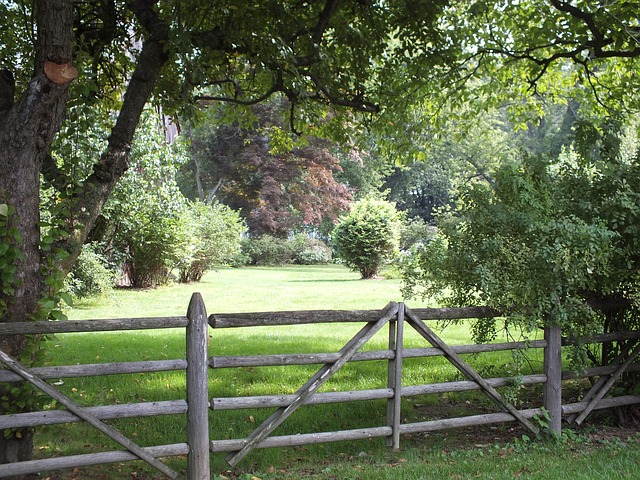In the pursuit of a secure outdoor space, privacy fences stand as versatile solutions for homeowners in New Bedford, MA. This comprehensive guide delves into the intricacies of installing a privacy fence, catering to both aesthetic preferences and functional needs. From understanding various fence types and their benefits to navigating the installation process and post-care, we equip you with the knowledge to transform your outdoor environment. Whether enhancing privacy or defining property lines, this article ensures you’re well-prepared for your New Bedford fence installation.
- Understanding Privacy Fences: Benefits and Types
- Planning Your New Bedford Fence Installation
- Choosing the Right Materials for Durability
- The Installation Process: Step-by-Step Guide
- Post-Installation Maintenance Tips and FAQs
Understanding Privacy Fences: Benefits and Types
Privacy fences serve as more than just barriers; they are investments in your home’s security, peace of mind, and property value. These structures come in various types, each designed to cater to different needs and preferences. Wooden fences exude a classic charm, offering both aesthetic appeal and good privacy. Vinyl fences, on the other hand, are low-maintenance alternatives that stand up well against elements like weather and pests.
Metal fences provide robust security and durability, ideal for areas requiring higher protection. They also come in stylish designs, allowing you to enhance your curb appeal while ensuring a private outdoor space. Whatever type you choose, a privacy fence significantly contributes to the comfort and safety of your home, creating a sanctuary where you can enjoy quality time with family and friends without prying eyes.
Planning Your New Bedford Fence Installation
When planning your new Bedford fence installation, the first step is to define your goals and needs. Consider what you want the fence for—privacy, security, or aesthetic appeal—and identify the best location based on your property layout and local regulations. Measure the area accurately to determine the required materials and size of the fence.
Next, explore different fencing options suitable for your climate and budget. Research materials like wood, vinyl, or metal, each with unique benefits and maintenance requirements. Consult with professionals or neighbors who have recently installed fences for valuable insights. Create a detailed plan, including design elements, colors, and any additional features you desire, to ensure a successful and personalized fence installation.
Choosing the Right Materials for Durability
When it comes to privacy fences, selecting the right materials is key to ensuring durability and longevity. Opting for high-quality, weather-resistant options like vinyl or treated wood will shield your fence from the elements, preventing rot, warping, and other forms of damage. These materials are also low-maintenance, requiring minimal cleaning and repair over time.
Additionally, consider factors such as fencing height and style to enhance durability. A taller fence may deter intruders and offer more privacy, while a well-designed style can complement your property’s aesthetic appeal. Choose materials that align with your specific needs and preferences for both functionality and visual appeal.
The Installation Process: Step-by-Step Guide
The installation process for a privacy fence begins with a thorough site assessment to determine the layout and materials needed. This step ensures that all measurements are accurate, and any potential challenges or obstructions are identified early on. Once approved, the crew will clear the area, marking out the exact locations of posts and panels.
Next, they excavate holes for the fence posts, ensuring deep and secure placement. The posts are then set in place and levelled before attaching the horizontal rails. Panels are securely fastened to the rails, creating a strong and durable barrier. Finally, the fence is trimmed and finished with a suitable cap or topping to enhance aesthetics and provide extra protection.
Post-Installation Maintenance Tips and FAQs
After your privacy fence is installed, regular maintenance will ensure it remains in excellent condition for years to come. Start by inspecting your fence regularly for any signs of damage or wear and tear. Promptly repair or replace any broken components, such as panels, posts, or rails, using replacement parts specifically designed for your fence model. Keep the fence clean by sweeping or hosing it down regularly to remove dirt, debris, and any plant growth.
It’s also recommended to apply a fresh coat of paint or sealant every few years to protect the fence from the elements. Be mindful of local regulations regarding fencing, especially concerning height restrictions and permit requirements. For any specific maintenance questions or issues, refer to your manufacturer’s guidelines or consult with our expert team for professional advice.
